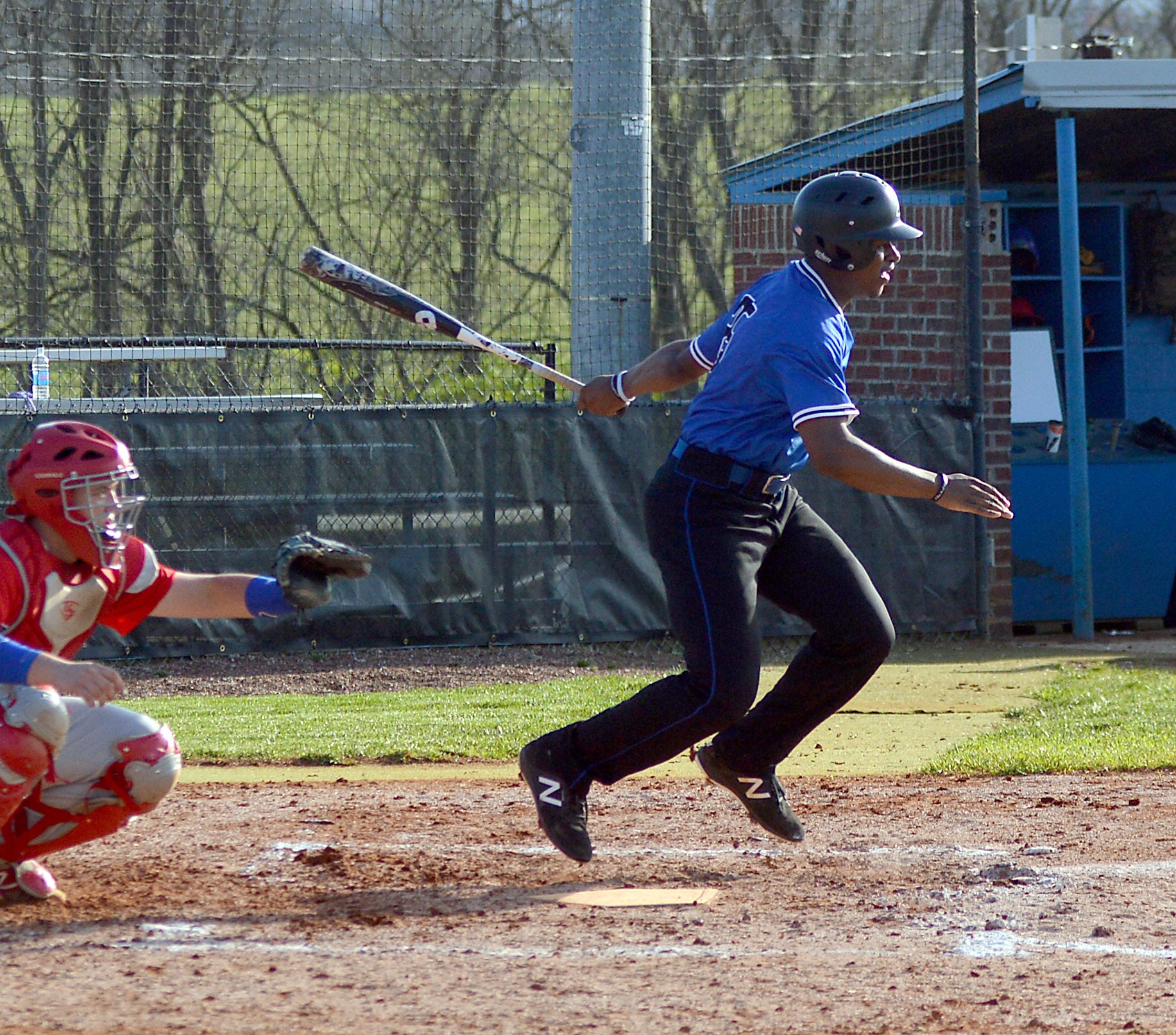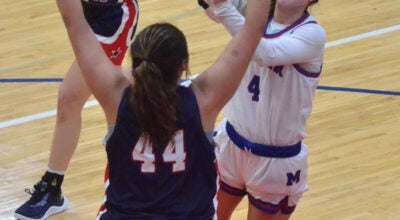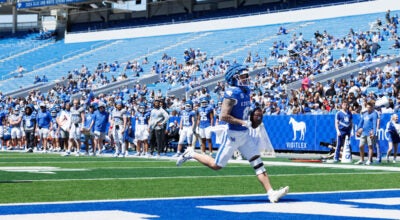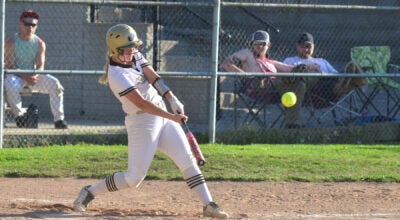The do’s and do not’s of stretching
Published 11:08 am Thursday, April 13, 2017

- Jeremy Schneider/jeremy.schneider@amnews.com
EDITOR’S NOTE: This is the latest article in a series of weekly columns to be written by local high school athletic trainers. These columns will deal with the inner working of athletic training. They will also deal with trends, ideas and preventative measures.
By KATE STORMS
Danville Athletic Trainer
When I played high school sports, I remember doing warmups because our coaches made us do them. They would often include some sort of sport specific activity and then sitting or standing in a circle and stretching as a team.
The practice of stretching during a warmup routine probably goes back as far as the beginning of organized sports. There are definitely benefits to stretching before practices and games in order to get the body ready for the physical demands of the event. However, there are also some things to avoid when implementing a proper stretching routine.
So in this week’s column, I am going to address a few of the things I see in the high school setting as it pertains to stretching or warming up.
First, some people believe stretching prevents injury. Now this is a bold claim as many things can contribute to the cause of injury, but to be honest, an injury cannot be attributed to a simple lack of stretching.
Stretching can help to maximize range of motion and help to limit muscle imbalances, and those things are more likely to be a cause of injury. So long term, flexibility can increase the potential of remaining injury free, but one bout of stretching prior to a workout will not necessarily protect you from the possibility of sustaining an injury.
Next, there is an idea that static stretch should come first, prior to a workout or sport. This type of stretching is when you elongate a muscle and hold it for 10-15 seconds, the traditional stretching technique that is the most well known. This stretching is not necessarily bad, but it should be done after the muscles are significantly warmed up, not prior to activity. Putting a muscle at its end ranges when it’s cold could have negative effects on it, like causing it to cramp up, instead of loosening up for activity. Stick to static stretching at the end of a workout instead.
For before a workout, dynamic stretching, like jogging, walking lunges, butt kicks and power skips are a much better way to warm up the muscle without going into an overwhelming stretch. The idea is to get the muscle used to the lengths at which it will be operating during the workout. Keep in mind though that stretching should never include a bouncing motion; this type of stretch can often take the muscles too far and can lead to more harm than good for the athlete.
Thirdly, there is a myth out there that stretching is overrated and does not help with anything performance or health related. Physiologically when you stretch your muscles, you trigger a reflex within them that helps to maximize force. So actually, stretching before an event has the potential to help increase performance and decrease the chances of sustaining an injury.
My fourth and final thing I hear a lot is that a calf cramp or injury means that you need to stretch out only the calf muscles, or similarly that a hamstring injury means you should stretch out just the hamstring muscle group. However, our bodies are very complex machines, and each part works together with the next to create movement or function. So when one part is tight or weak it can offset the next part and that is where pain or discomfort usually shows up.
For example if you have low back pain, it could be from a number of combinations of weakness and tightness in the hip flexors, quadriceps, hamstrings or hip extenders. So stretching can help to relieve multiple issues either up or down the chain of the musculoskeletal system, not just in a single muscle group.
Overall, it is important to keep in mind that stretching is very helpful but is not a do-all or end-all prevention for injuries. Flexibility is one of the main components of health and fitness and is a key part of having a healthy body. It is often tested in high school and during pre-participation physicals.
If you have any questions about proper stretching techniques contact your athletic trainer.
Kate Storms is the athletic trainer at Danville High School.






